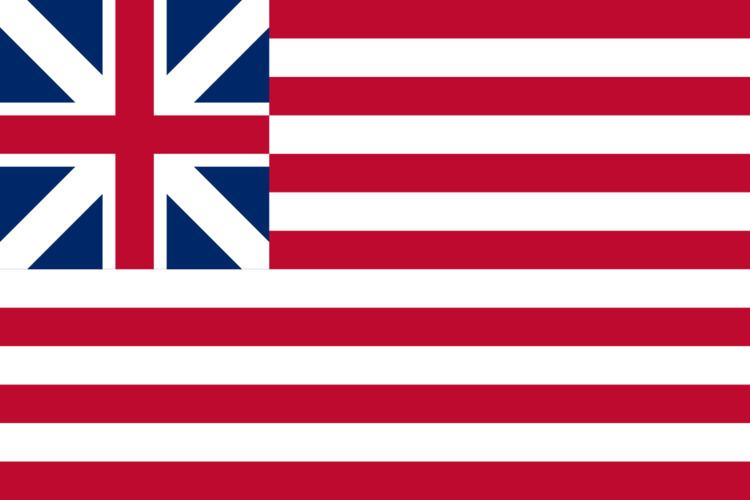 | ||
Events from the year 1776 in the United States. This year is celebrated in the United States as the official beginning of its nationhood, with the Declaration of Independence issued on July 4.
Contents
January
February
March
April
May
June
July
August
September
October
November
December
Ongoing
January–June
July–December
Deaths
References
1776 in the United States Wikipedia(Text) CC BY-SA
